Many low budget filmmakers would shy away from making a medieval fantasy with swordfights, horses, and a village full of extras, but not Kate Madison. Here is a sneak peek at the show along with some top tips from Kate and her team on how to put a quality epic on the screen.
Kate Madison will be known to many in the indie film world as the maker of the hugely popular Lord of the Rings fan film, Born of Hope. Released in 2009, the movie has had over 30 million YouTube hits to date.
Kate’s latest project is an original fantasy-adventure web series called Ren, about a young woman marked by an ancient spirit and ousted from her village. The teaser trailer for season one will give you an idea of its ambitious scope.
Top 10 Tips For Doing
Fantasy On A Budget
1. Consider building a set
Historic buildings can be expensive and restrictive to film in. Building a set may work out cheaper in the long run.
Kate weighed up the costs of shooting at an open air museum, including transport and accommodation for cast and crew, versus the limited hours of shooting the museum would permit, and decided that building a set at a disused factory much closer to home would be more cost effective.
2. Scavenge
When assembling materials to build sets, don’t go straight to B&Q. Use services like Freecycle and Set Exchange, and look out for any building work going on in your local area – is there anything they’re throwing out that might be useful to you? If you see a skip containing something useful, ask the owner if they mind you taking it.
One of Ren’s most beautiful sets, Karn’s house, was constructed out of willow discarded by a crew member’s mother’s neighbour and bonfire material from a fencing company.
3. Look after your volunteers
You’ll need a lot of people to make the sets, props and costumes, and perhaps to appear as extras as well. Treat them well – feed them, thank them, solicit their creative input, make them feel valued and involved – and they will come back again. And they might even bring friends and relatives with them!
During the building of Ren’s set, barbeques were held for all to enjoy, and when extra shooting days were needed with the supporting artists, the crew edited a “sizzle reel” to show everyone the fruits of their labour so far and boost morale.
4. Have texture in your cinematography
Cross-lighting (lighting from the sides) can help bring out textures in the sets and costumes to make them feel more authentic. Using a smoke machine will help age the images and bring sets to life.
Kate couldn’t afford a smoke machine on Born of Hope, so instead she positioned disposable barbeques so that smoke would drift through frame.
5. Know where to scrimp and where to splurge
Spend time and money on your hero props and costumes, and you’ll be able to get away with cutting corners a little on background items.
Ren’s imposing Kah’Nath Commander – played by Richard Zeman – was given a highly detailed costume featuring real leather arm guards, custom made. But the rank-and-file he commands made do with metallic-looking rubber arm guards borrowed from Norton Armouries.
6. Dirt is important!
Break down and dirty your costumes until you’re sure you’ve gone too far, then dirty them some more. Hair, faces and fingers should be dirty too.
Hunter (Duran Fulton Brown) wears a white shirt in Ren. Even when it looked quite dirty to the naked eye, it still appeared clean on camera. More dirt was called for!

Costume assistant Kat Stone and costume designer Miriam Spring Davies break down some of the costumes
7. Safety first
Use only blunted swords and find an experienced fight choreographer to ensure that action is carefully rehearsed and safely executed.
Ren’s fight scenes were typically rehearsed with sticks, foam swords or even toy lightsabres to begin with. This would progress to “Tai Chi” (slow motion) rehearsals using the real (but blunt) swords. Fight choreographer Ronin Traynor would then ask the actors to gradually increase the speed over several more rehearsals before shooting.
8. Get back to nature
Forests and other exterior locations can be cheap and easy to shoot in without seeing any evidence of modern life. Often meadows or patches of woodland can be found close to home, though time spent location hunting can often pay dividends when you turn up a gem – like the South Wales waterfall location used in Ren.
Ren’s main location shoot was in Epping Forest, near London, where a major fight sequence was staged. Remember that everywhere is owned by someone, and you should always seek permission before shooting, especially if using weapons or lighting fires.
9. Avoid anachronisms
Painting out anachronisms in postproduction is fairly easy to do these days, but if you’re not technically minded you might want to get some advice from a VFX artist in preproduction, to avoid saddling yourself with a lot of VFX that are difficult and time-consuming to accomplish. Set dressing like straw, barrels or bundles of sticks can be used to hide modern drainpipes or cover tarmac.
A warehouse towered over Ren’s village set, but careful framing was used wherever possible to avoid seeing it. Two small background walls – built for the purpose – were moved to cover any modern-day paraphenalia on a shot-by-shot basis. This kept the number of shots requiring digital work to a minimum.
10. Use your imagination
Fantasy doesn’t have to be filled with fire-breathing dragons and beseiged castles. Genre fans will expect a certain look in terms of design, but if you tell an original story with interesting characters you don’t necessarily need a lot of showy VFX.
Many of Ren’s most critical scenes involve just three or four characters in a relatively small interior set.
Genre filmmaking, even medieval fantasy, needn’t be as expensive as you think. With a committed team, attention to detail, a little bit of crowdfunding cash and a lot of thinking outside the box, you too can make an epic adventure that transports your audience to another world in another time.
Season one of Ren is due for release later this year. Find out more at rentheseries.com

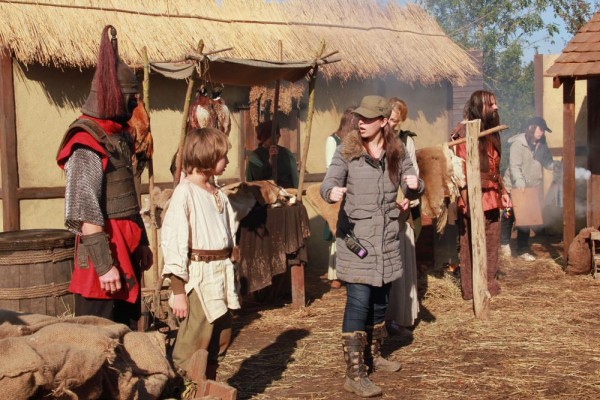
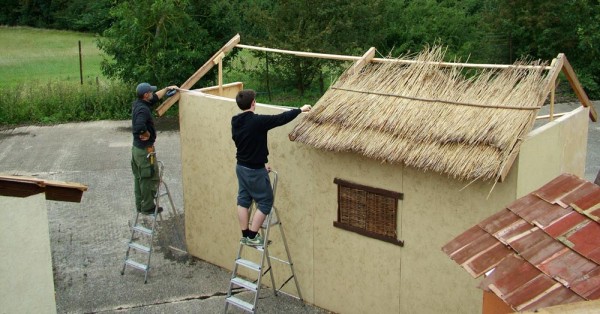
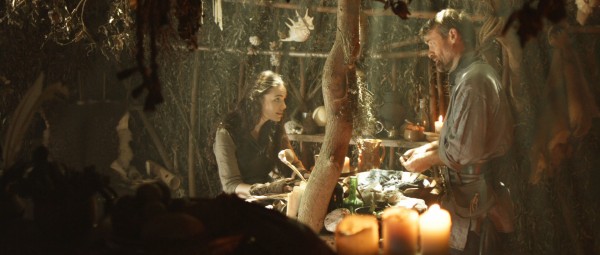
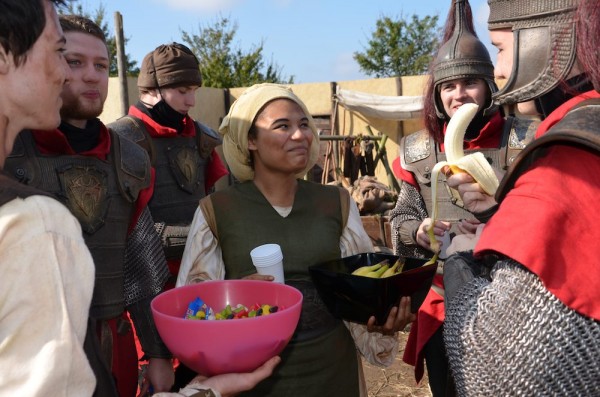
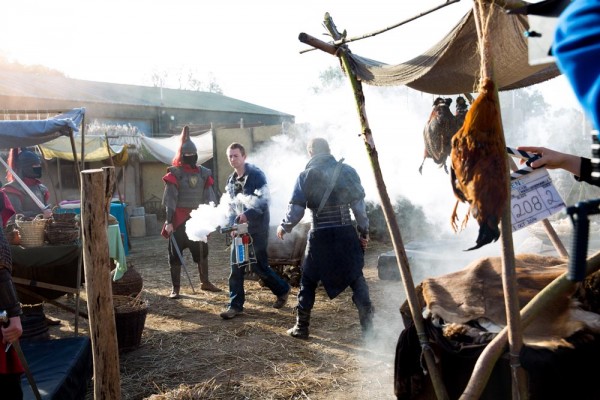
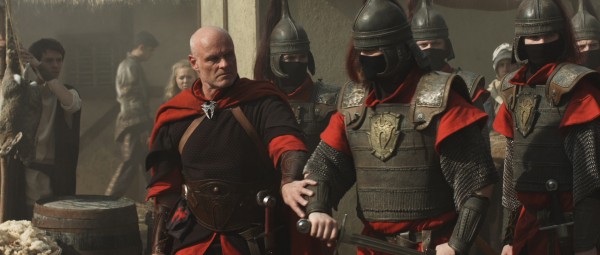
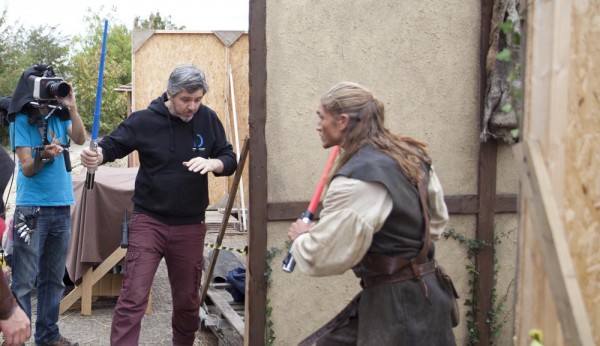
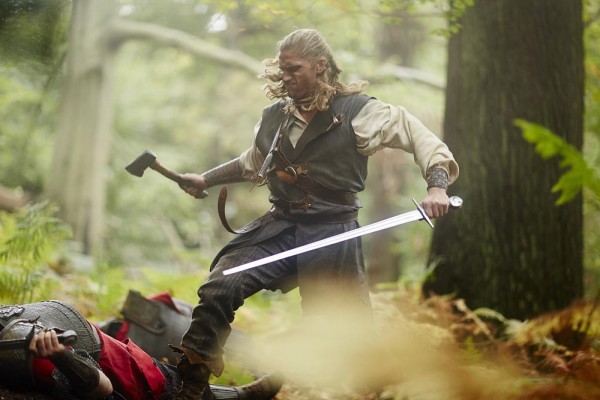

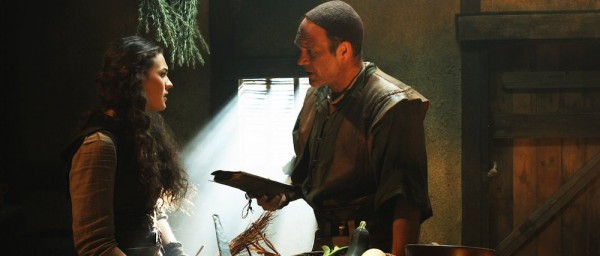
3 Comments
Very well written article with tons of great stuff here! Definitely going to bookmark this.
I am glad to see what I have started in writing about Kate Madison and Neil Oseman and their very creative works now provides a venue for Neil to offer his expertise on this subject and others.
i am about to make my third Robin hood movie
i have a few tips to add, as ive made budget movie that look a million dollars ,for example peasant costumes can be made with decorators dust sheets and dyes ,along with cowls.sword cases made from kitchen towel rolls covered with faux leather ,greenscreening is always an option on some shots .shields are easy to make , on screen remember you can get them to look real with a little imagination, ive made bows etc my website has pictures everything on there i made heres a trailer for my latest movie https://www.facebook.com/alan.pell1/videos/1936755276342192